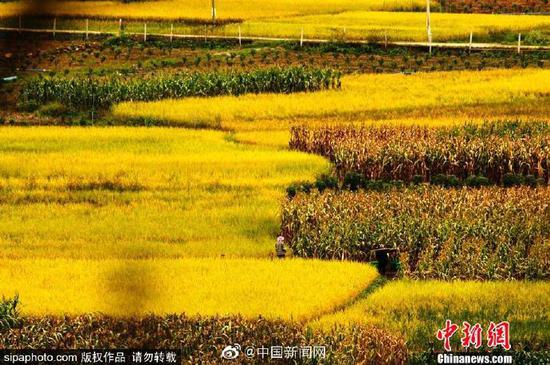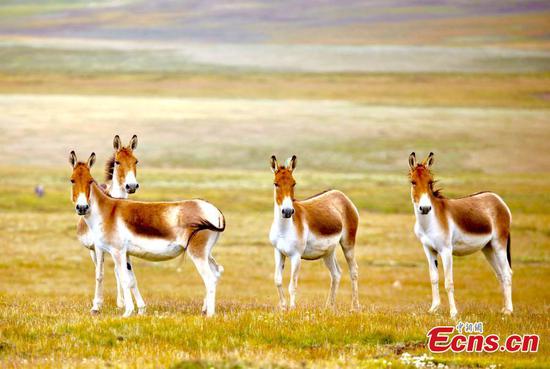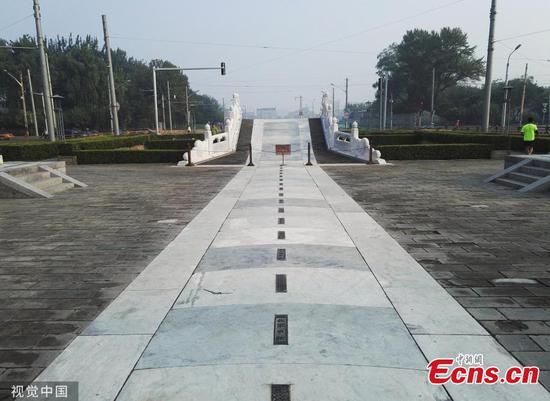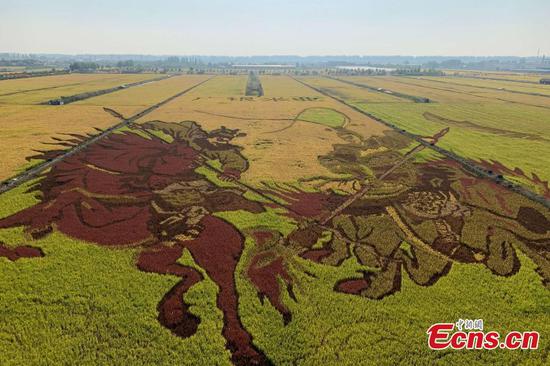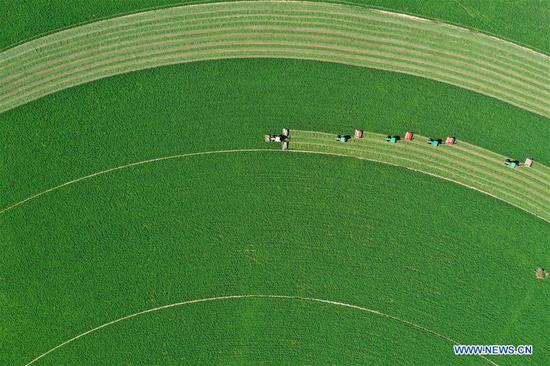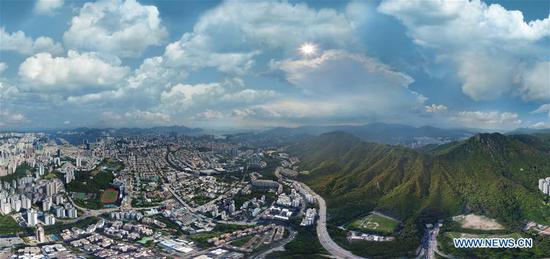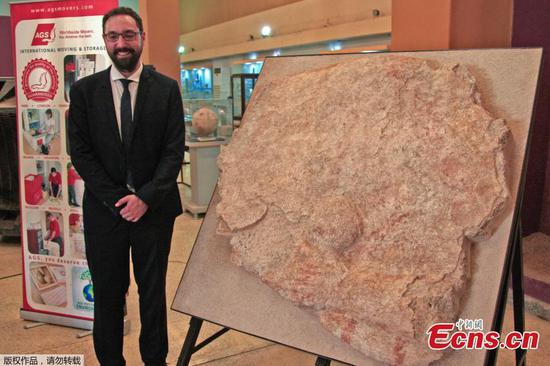
Preservation
"Preserving the arable land and improving its quality has laid the foundations for overall agricultural production," Guang said, adding that China has firmly adhered to the "red line" policy, which requires that a minimum 120 million hectares of rural land must be reserved solely for agricultural use.
"Among the land designated for farming purposes, we have assigned 75 million hectares as key areas for the production of grains and major agricultural produce, and a national database has been established to help authorities administer those fields," he added.
In February, the central leadership announced that by next year it aims to have developed about 53 million hectares of high-standard farmland that will be resistant to floods and drought, planted with improved crop strains and equipped with advanced agricultural machinery.
Nearly 43 million hectares of such land have already been developed, Guang said.
Lacking supplies of freshwater to irrigate its vast farmland and feed the world's largest population, China has striven to promote and develop dryland farming, a cultivation method employed in arid and semiarid areas where stable irrigation is unavailable.
"The total area devoted to dryland farming has jumped tenfold to about 67 million hectares in the past seven decades. China is one of the world leaders in the development of dryland farming," said Mei Xurong, a vice-president at the Chinese Academy of Agricultural Sciences.
"For instance, water-use efficiency for both dryland wheat and corn has risen sharply and overtaken global averages thanks to systematic research on maximizing yields and conserving water during each stage of farming, from plowing and planting to fertilizing and harvesting," he said.
One of the technologies warmly embraced by farmers is the use of plastic mulch-thin transparent sheets that are used to cover crops to retain moisture from rainfall, trap warmth and, in some cases, hamper invasion by pests.
Li Wenping, a farmer who grows millet, rice and peanuts in Wuxiang county, Shanxi province, said the sheeting has helped raise her millet yield by about 50 percent.
After a prolonged dry spell this year, Li was delighted to see that rice crops she covered with the sheeting have grown to maturity.
According to the ministry, plastic mulch is now used on more than 13 million hectares of farmland nationwide, and has helped boost yields by 2.24 tons to nearly 3 tons per hectare.


















